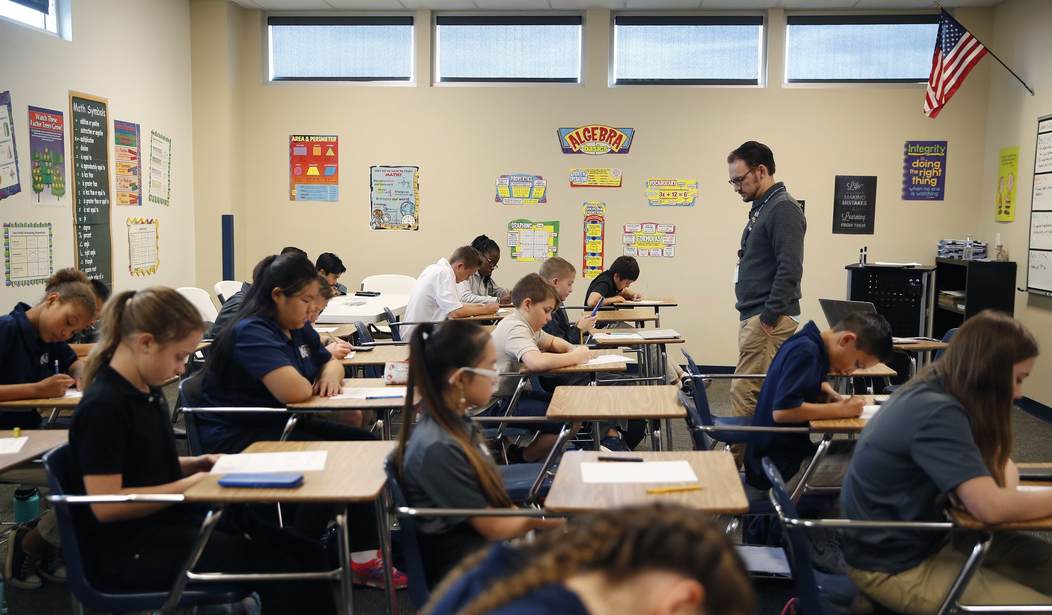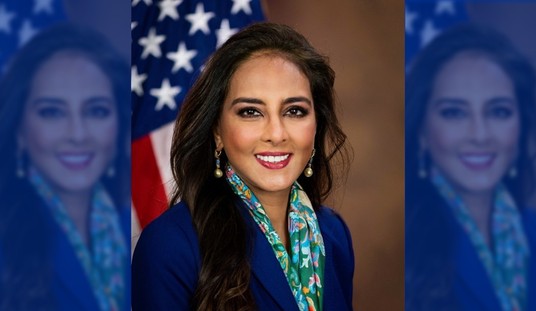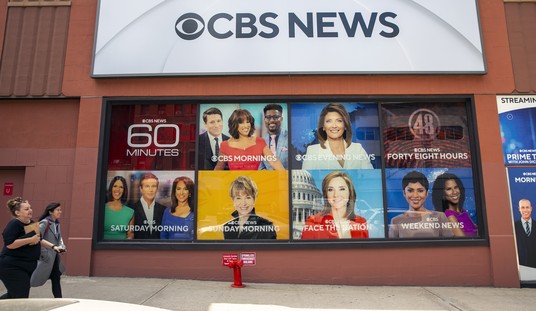For any parents whose children dread going to school because they are being bullied or feel lost, and for any parents who are worried that their 6th-grader can’t read, and for any parents who are desperate to put their children in a different school because of these or other problems—Missouri’s largest teachers union has your number. Apparently, those problems are just excuses. The real reason families want to transfer their children out of their assigned public schools is to get White children away from children of color. Plain and simple.
Not for the first time, some Missouri legislators are trying to give Missouri families what they want and deserve: school choice and not school assignment. Mind you, they’re suggesting baby steps—a program that limits the number of students who can transfer out of a district and allows districts to decide whether or not to receive students from outside of their own boundaries. It is not the strong, mandatory program that Kansas has. It certainly isn’t the universal choice of any public or private school that all Iowa families have. But it still could provide a lifeline for Missouri families stuck in our lowest-performing districts or children who are struggling.
And yet, the teachers' union leadership says they can’t support such a program unless students in high-minority and high-poverty districts are severely restricted from participating because otherwise there would be “no protection against resegregation.” First, resegregation? Missouri school districts aren’t currently segregated? Second, and more importantly, do you know what causes segregation? District lines. In many cases, district lines look a lot like the property red lines of 100 years ago. St. Louis County has 22 districts. Six of those are more than 75 percent students of color, and another six are more than 75 percent White students. Open enrollment could alleviate that, not exacerbate it.
But we don’t need to guess what would or could happen. Open enrollment began happening in other states over 30 years ago. In 1988, when Minnesota first allowed all students to choose any public school in the state, they also began researching who chose to transfer and why. Since then, 27 states have passed mandatory open enrollment programs, and the research on them has continued.
So, who uses open enrollment? According to a 2015 study of the Michigan Schools of Choice program, it has been historically disadvantaged students, in this case, low-income and African American students, who were the most likely to request a transfer. Early studies of Minnesota’s program found that, not surprisingly, students were more likely to transfer from urban or low-income districts to suburban or higher-income districts. A 2021 analysis of the 70,000 students in Wisconsin’s open enrollment program found that low-income students were the most likely to transfer out. Not skimming the White student cream off the top, but quite the opposite—disadvantaged families stuck in the worst schools looking for an alternative to moving.
And why do families choose to transfer to a different school? School quality is consistently the number one reason. Beyond that, families are looking for safety and a better school environment. In addition, families cite proximity to work or daycare as reasons to request a transfer.
I don’t really believe that the leaders of Missouri’s largest teachers union think open enrollment will lead to further segregation. I think the race card is a convenient excuse to try to prevent the two things that concern them most.
The first is finding out what families really think of their assigned public schools. I believe that families facing the biggest challenges are fully aware that their children are also trapped in low-performing schools. Charter schools in St. Louis and Kansas City quickly fill up because families want anything other than their neighborhood school. It’s not hard to imagine open enrollment with no limits leading to some movement out of certain districts and into others. Or, to put it more plainly, if we allow kids to leave our worst schools, they could end up doing just that. So, they have to be forced stay.
The second concern, if we’re being honest, is that enrolled students come with public money. If students leave low-performing districts, they will take money with them, and the schools will be even worse off. So, strap those kids to the deck of the Titanic.
Here’s the thing. Most families want their children to attend their neighborhood school if possible. Families who can afford it make home buying or renting decisions with the schools in mind. Open enrollment is for those families who are struggling with one or more bad school years or assignment to a low-performing school when they can’t move. It’s for families who want their children to go to school closer to where they work or where the children have access to after-school care. It’s for families who don’t want to move for the three years of middle school just because their assigned middle school is too big or has undergone a boundary change. The reasons are myriad. Even in the most open system, currently Arizona, only ten percent of families make the effort to enroll in a school other than their assigned one. And one of the highest-performing districts, Scottsdale Unified, has several thousand students transferring out and several thousand transferring in.
Equating open enrollment—which to some extent levels the playing field for low-income students and students of color—with the White flight of the 1960s is lazy. It’s a desperate measure by those who are facing a threat to their control over the system. The education establishment wants to maintain its sole provider status and will block school choice legislation in whatever way they can, including throwing parents under the racism bus.
We are a quarter of the way into the 21st century. Young families today need options and access when it comes to the education of their children. Let’s hope the Missouri legislature sees through the ruse.
Susan Pendergrass is the director of education policy at the Show-Me Institute.













Join the conversation as a VIP Member